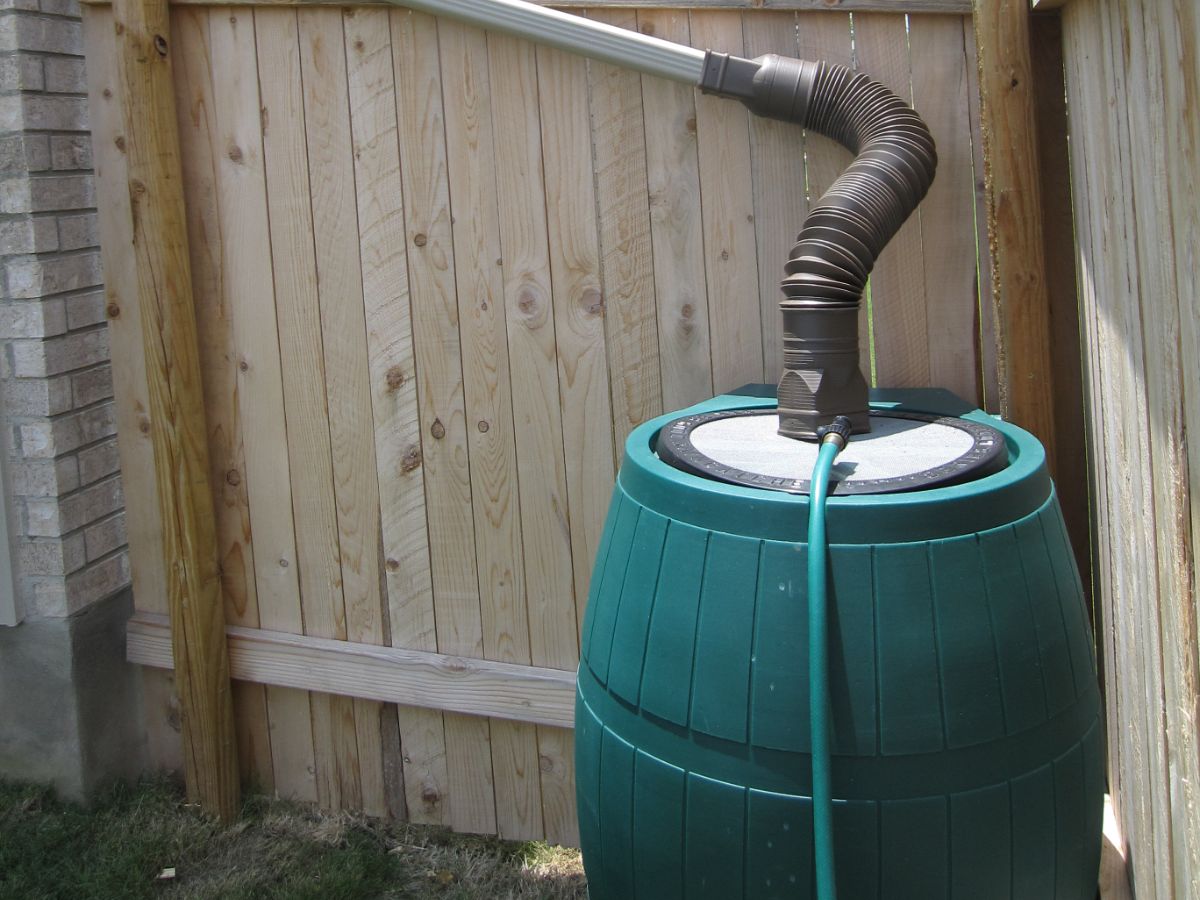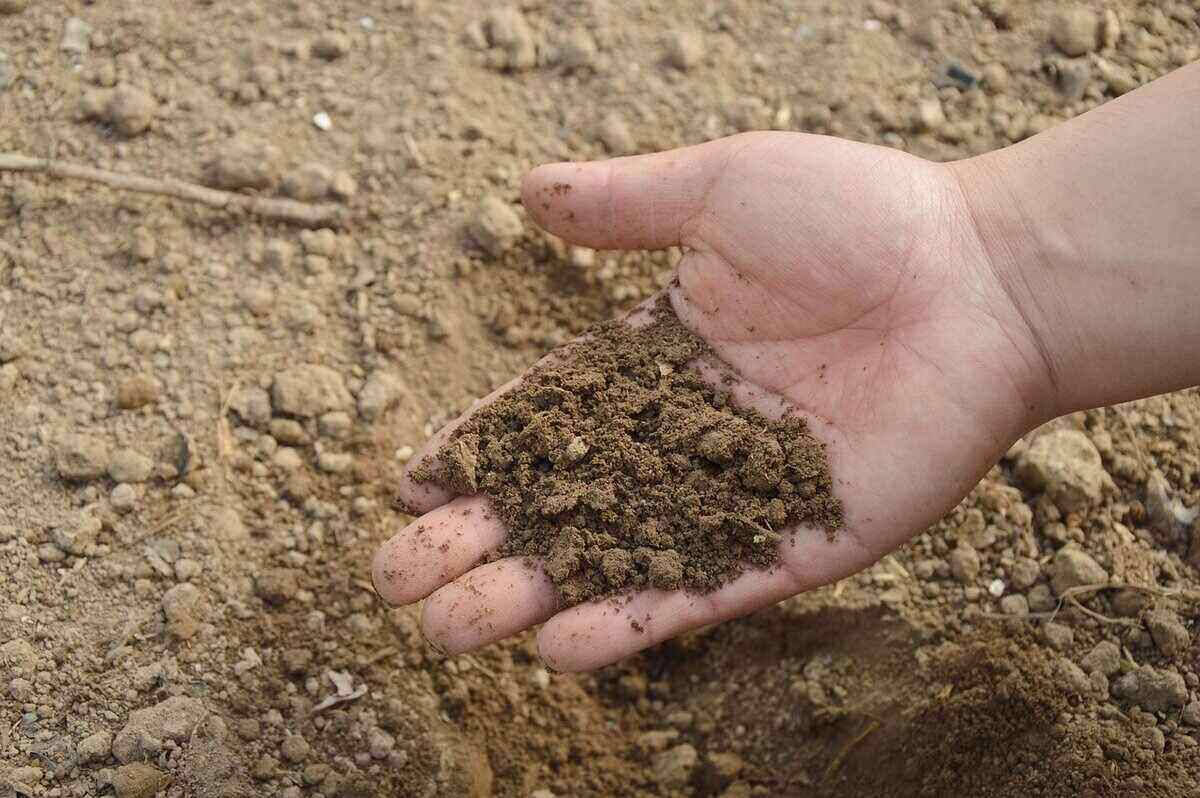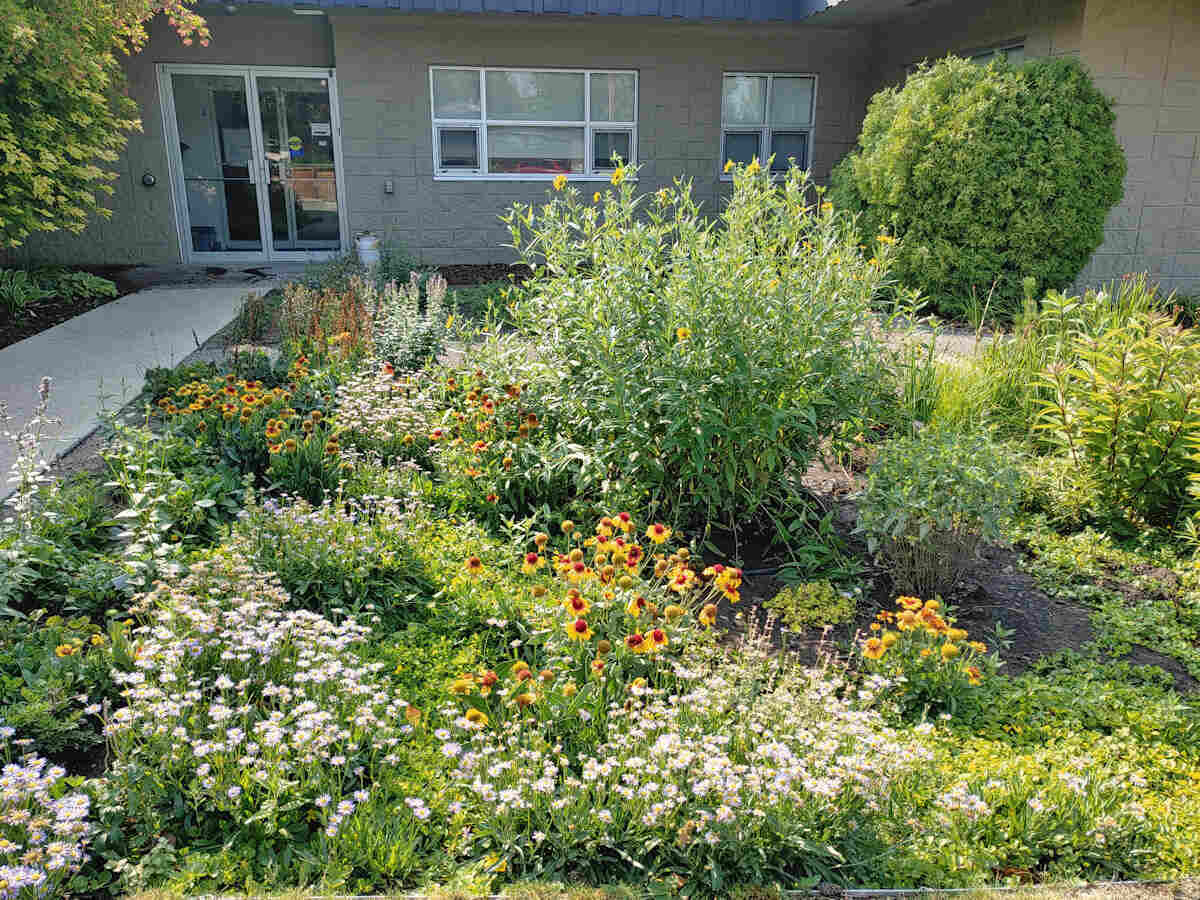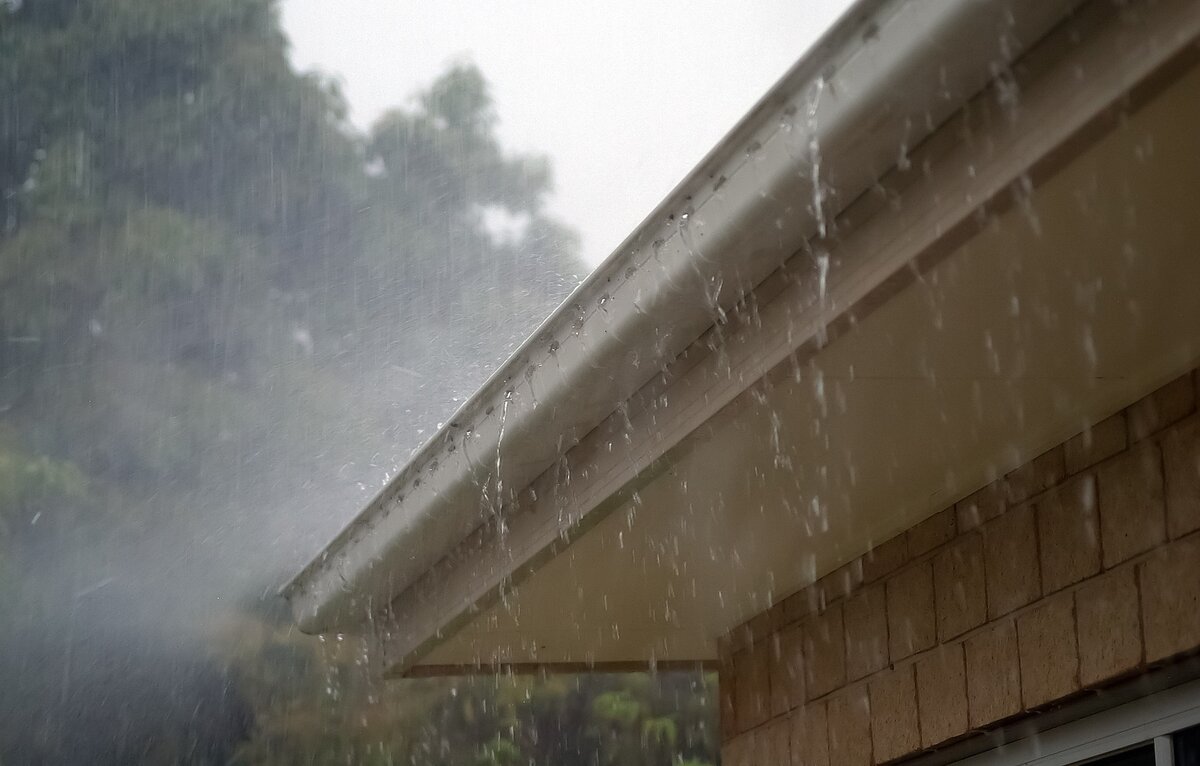
Sometimes rain is a soft mist— and at other times, the downpour is so heavy it causes flooding, soil erosion, and pollution of waterways and even drinking water, especially in urban areas. But this issue is totally preventable; keep reading to discover how to manage stormwater runoff before it becomes a major problem.
You can tackle stormwater runoff in two ways: reducing pollutants and modifying your landscaping. Limiting the amount of pollutants (think automobile oil, pesticides, yard and pet waste, sediment, fertilizer, and other chemicals) stormwater can run into as it flows across driveways, patios, and other impervious surfaces helps maintain the safety of our waterways. Making changes to your landscaping helps the situation by providing more opportunities for stormwater to be absorbed.
Below, we’ll break down these stormwater management options a bit more.
What is Stormwater Runoff?
Simply put, stormwater runoff occurs when rain, snow, or melted ice flows along impervious surfaces (surfaces that don’t allow infiltration of water). Before urban development swept most of the country, stormwater simply penetrated soil, evaporated back into the air, or streamed along a natural floodplain into a nearby body of water.
With the introduction of homes, buildings, lawns, rooftops, streets, sidewalks, parking lots, and other paved surfaces, that natural water recycling process was disrupted. The lack of plantlife cut back on soil absorption, the increased amount of excess water made evaporation difficult, and the disturbance of natural floodplains has unintentionally led to overflowing streams, rivers, and even sewer systems.
5 Ways to Manage Stormwater Runoff
Traditionally, stormwater management practices have involved the building of other structures, including gutters, downspout extensions, and storm drains. And while these methods have good intentions and may help the immediate area avoid flooding, the EPA explains the fast rush of stormwater, as well as the amount of runoff, into these structures can ultimately lead to:
- downstream flooding
- habitat destruction
- river/stream bank erosion
- polluted water supplies
- increased water murkiness/decreased water quality due to sediment
- overflowing storm sewers and storm drains
- structural damage
Instead, green infrastructure — or the creation of more eco-friendly methods of collecting, redirecting, and reusing stormwater — are now recommended. Basically, these methods emulate the water cycle that was disrupted by the placement of impervious surfaces.
Here are 5 ways to manage stormwater runoff with green infrastructure:
Rain Gardens
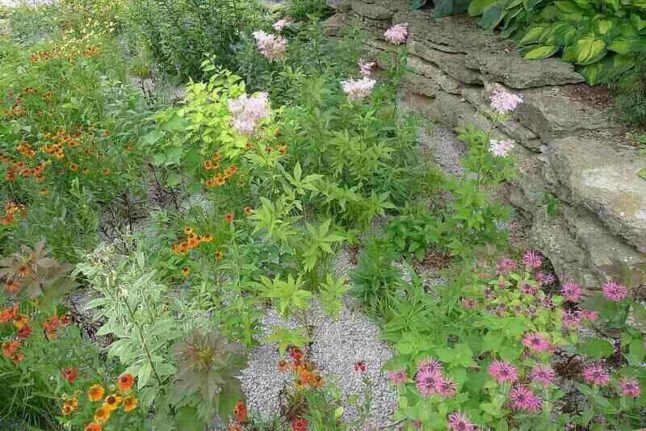
Situated in a low-lying area of your yard, a rain garden is filled with native grasses, perennials, shrubs, and other ground cover. Besides adding visual interest and providing a habitat for pollinators, rain gardens also serve another purpose: minimizing stormwater runoff by soaking it up and filtering out pollutants.
Once the polluted runoff has been filtered through the ground, the water hydrates plantlife and helps replenish the groundwater supply, which is used by people for drinking water, bathing, and cleaning.
When planting a rain garden, keep the following in mind:
- Install native plants closer together than typically recommended.
- Create paths with mulch for easy garden access.
- Place same-species plants in groups of three to five.
- Avoid using large trees.
- Choose plants that will carry color throughout each season.
- Mix colors and textures.
Rain Barrels
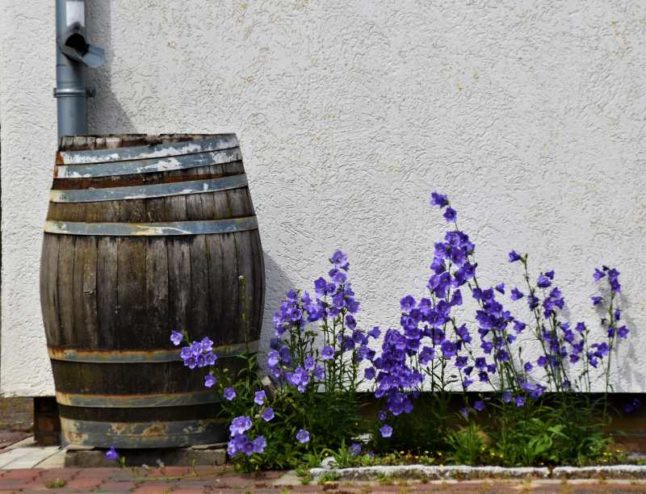
To collect rainwater directly from your roof for future use, consider using rain barrels placed underneath downspouts around your home. If your house is gutter-free, you can install aesthetically pleasing rain chains that funnel rainwater straight into your barrels.
Particularly useful in drought-prone areas, rain barrels can be purchased at your local hardware store for $100 to $300, depending on size and upgrades — most rain barrels can hold between 50 and 200 gallons of rainwater and are installed above ground. Or, you can reuse your old, clean recycling or trash bins.
There are a few ways to extract the rainwater from your rain barrels: Scoop it out with a bucket, attach a spigot and turn it on to fill a watering can or other receptacle, or hook a hose up to the spigot and spread the water that way. This collected rainwater can be used on individual plants or to hydrate your whole lawn.
Pro Tip: Water from rain barrels is not recommended for drinking nor for use on edible plants, as the water is contaminated with the pollutants it came in contact with while sliding down your roof and through your gutters before ending up in the barrels — pollutants like heavy metals, animal waste, pesticides, tree debris, and pathogens.
To collect larger amounts of rainwater at a time, a cistern (just a larger version of a rain barrel) works best. Cisterns can be installed above or below ground and require an electric-, solar-, or hand-powered pump to retrieve the collected water. Cisterns can hold up to 10,000 gallons of water.
Green Roofs

Also referred to as rooftop gardens, green roofs can either be extensive (for environmental purposes only) or intensive (for environmental and public use purposes). The former typically consists of low-maintenance selections like wildflowers, succulents, and ornamental grasses, while the latter can be filled with all sorts of plant, shrub, and small tree varieties.
If designing for a commercial or multi-family building, an intensive green roof is a solid choice. For homeowners simply looking for a sustainable way to manage stormwater runoff, an extensive green roof is the best bet.
No matter the type of green roof, the function is the same: The plant life covering the roof will act as a buffer between the roof and the ground, soaking in the rainwater so it doesn’t fall to the ground, taking any pollutants it picks up with it. Any excess water not needed by the plants will evaporate back into the atmosphere.
Stormwater Swales
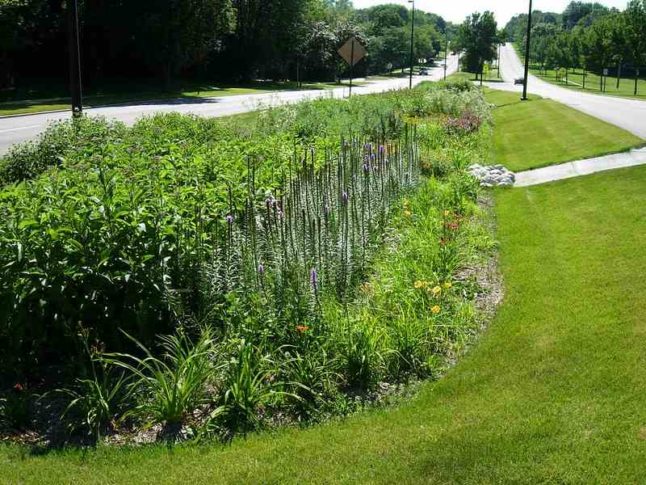
Just a fancy way of saying, “a shallow ditch of grass or other vegetation that slows down and filters water runoff,” stormwater swales come in two main types:
- microswales (for small areas of less than an acre)
- open channel swales (for larger, more commercial areas like parking lots)
Within these swale types, you’ve got:
- bioswales, which use small trees, plants and shrubbery to filter runoff
- grass swales, which are, wait for it, made of grass and dug near streets and highways
- wet swales, which act as artificial wetlands to treat roadway runoff in sunken areas prone to flooding
- dry swales, which are really just a larger version of the micro grass swale
Each of these swale varieties are designed to expertly remove pollutants, such as phosphorus, nitrogen, and sediment.
Permeable Pavements
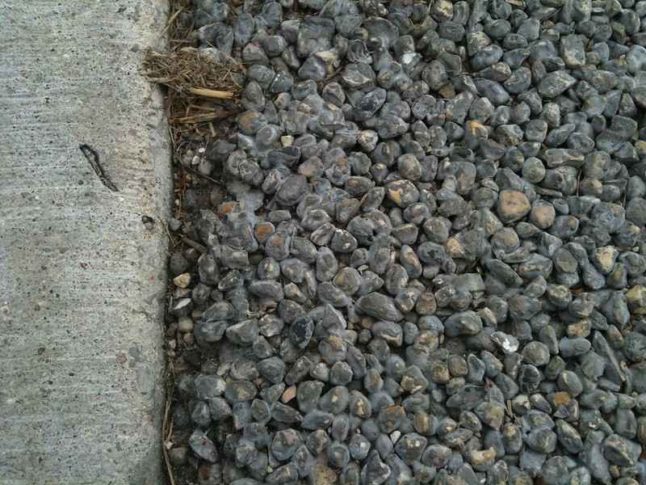
Unlike their impervious counterparts, this type of hardscaping is porous, allowing rainwater to seep into the soil, be filtered, and stored upon hitting the ground. Whether used for single-family homes or in city environments, permeable pavements (which come in the form of asphalt or concrete) can replace traditional roads, pavers, driveways, sidewalks, and parking lots.
These permeable pavements can also be modified with photocatalysts — substances that use light to create a chemical reaction — that will help remove pollutants from stormwater.
Why is it Important to Manage Stormwater Runoff?
As stormwater runoff moves across impervious surfaces, it picks up pollutants along the way. These pollutants can get into our waterways and even drinking water, making them unsafe to use. A few examples of such pollutants include:
- pet waste and other waste water
- garbage
- road salt
- pesticides
- heavy metals
- yard clippings
- bacteria
- gasoline and oil
Managing stormwater runoff through one or more of the green infrastructure methods listed earlier can help:
- conserve and improve water quality
- control flooding and soil erosion
- protect wetlands, aquatic ecosystems, and public health
FAQ About Stormwater Runoff
Many of the pollutants stormwater runs into as it flows over streets, driveways, lawns, roofs, and the like, contain excessive amounts of nutrients. These nutrients are typically phosphorus and nitrogen and come from pet waste, yard waste, and fertilizers.
Such nutrient pollution can cause algae blooms, which can suck up all the oxygen in the water, killing any other marine life.
Municipal governments and other organizations can help whole cities better handle their stormwater runoff situations by:
• erosion and sediment control
• land use practices
• proper drainage of swimming pools and hot tubs
When to Hire a Professional
When it comes to things like installing rain gardens, using rain barrels, and cutting back on pollutants, DIY-ing will definitely work. But, if you’re looking to take on a more comprehensive method to manage stormwater runoff, reach out to a local landscaping pro.
Main Photo Credit: Pixabay
